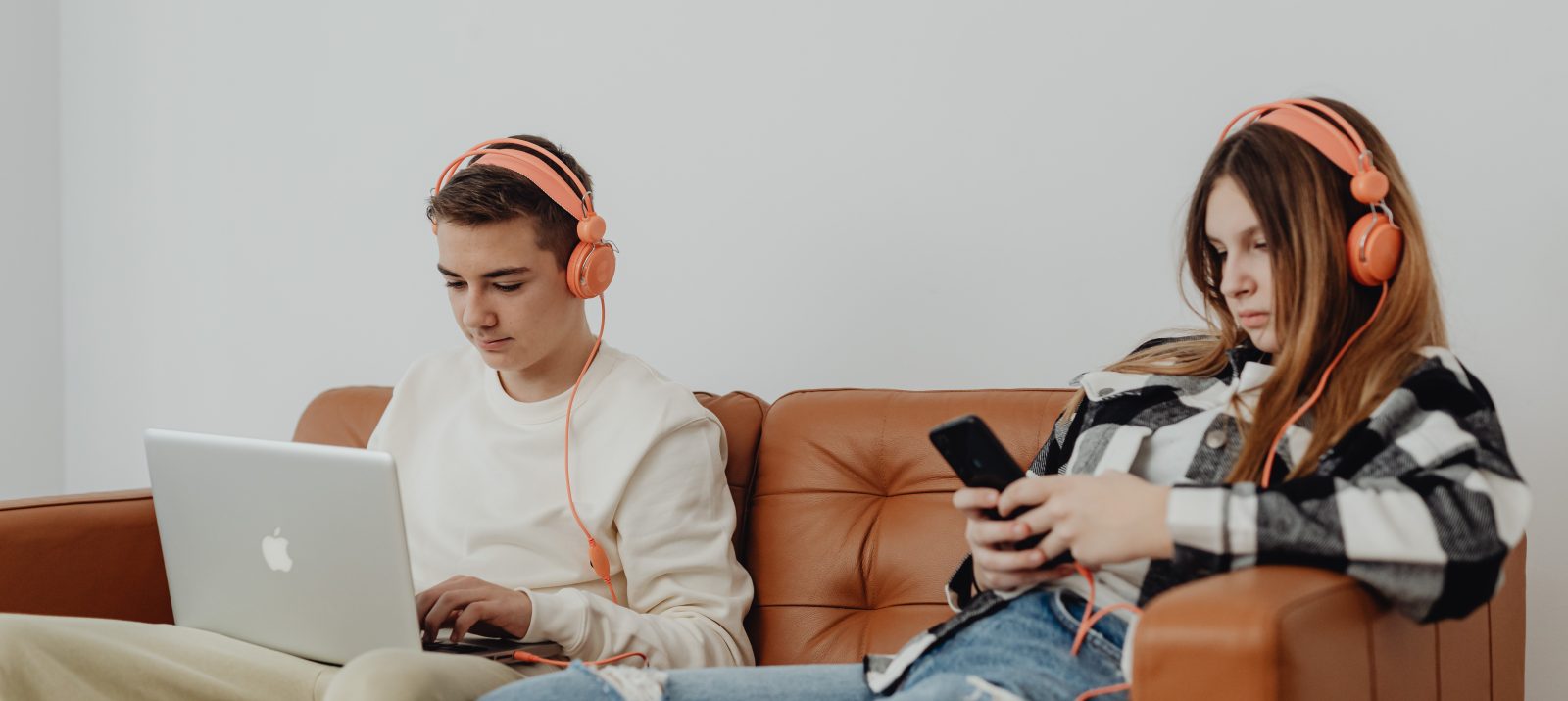On stage or canned, pressed on vinyl or available digitally – music accompanies us throughout our lives in the most diverse forms. Currently in vogue: music as livestream, on
YouTube
or on other platforms. For young people, this is a popular way to listen to their favorite music and stay in touch with others at the same time.
What is special about the livestream?
At first glance, it looks a bit like a return to linear television: Music is broadcast live – and users have the option of clicking in and listening along if they want. They do not select the songs themselves individually, but call up a playlist that someone has compiled for them.
In fact, there are also many similarities – but also differences – to VIVA, MTV and Co. or 1990s:
- Livestreams can be offered on many platforms, for example on
Twitch
and
Instagram
,
Facebook
or
YouTube
. While livestreams on social networks tend to be used for conversations, such as interviews, YouTube is home to news, gaming, and interviews, as well as many music streams.
- In principle, any user can offer a livestream. YouTube requires a minimum number of followers and the function must first be activated – so the first livestream needs to be prepared.
- Then you’re ready to go. Livestream providers use their webcam, external recording devices, or prepared files on their hard drive to livestream. Users can listen, chat or comment at the same time.
- There is no time limit for the streams. After the live broadcast, however, only streams under 12 hours will remain available on the platform.
Livestreams are indeed very popular among users: 30 percent of YouTube users in a global study by Datareport in 2022 said they watch at least one livestream per week.
Music and community: two birds with one stone for children and young people
For children and young people, the livestream serves two important needs at once. On the one hand, they can get their favorite music here and get inspired. Depending on their tastes and the situation, they will always find the right offer – such as the hits of the year for the New Year’s Eve party or LoFi channels.(LoFi stands for “low fidelity” and refers to music recorded with simple technical devices that are a popular acoustic accompaniment for learning). At the same time, the live chat offers them the possibility of a parallel exchange with their circle of friends, with other listeners or with the creators of the stream. That’s how they find connection and community – and people with similar tastes in music.
Children and young people with their own profile can also offer livestreams themselves. In this way, they become creative themselves, share and express themselves.
Everything great? If you follow the rules!
So, on the whole, livestreams seem to be a good deal for music lovers of all kinds. In principle, minors may only use YouTube with the permission of their parents. The use of YouTube is permitted in Germany from a minimum age of 16 years. From the age of 13, parents can allow their children to use the Family Link.
There are a few things to keep in mind when it comes to live music streams – and they’re something parents should definitely address before releasing their kids into the vastness of YouTube:
- For one thing, streams – of course – cost a lot of data volume. If you have a stable WLAN at home, you don’t have to worry much about this. For cell phone contracts with limited options, it is important to make it clear to children and teens that continuous streaming throughout the month is more likely not an option.
- Secondly, although chat offers opportunities for interesting contacts, it should also be enjoyed with caution. As in other chats, forums or networks, you never know who you are dealing with. Parents should therefore make their children aware of the risks of communication on the Internet. Detailed information on this can be found in these Parents’ Guide articles: Teenagers’ Communication on the Net, Communication Risks on the Net, and Cybergrooming.
- There are no age labels for music. In some music genres, like gangster rap, things get verbally violent. In some songs, for example, there is misogynistic content, glorification of crime, violence or drugs. Stay engaged in conversation with your child about his or her favorite music and point out boundaries for inappropriate content.
- Finally, the same applies to young people who want to become active themselves: The same rules apply here as for other social media use. Copyright and personal rights must also be respected in the livestream. You may only use music or images to which you have all rights. For example, self-made music or music under a CC license.
